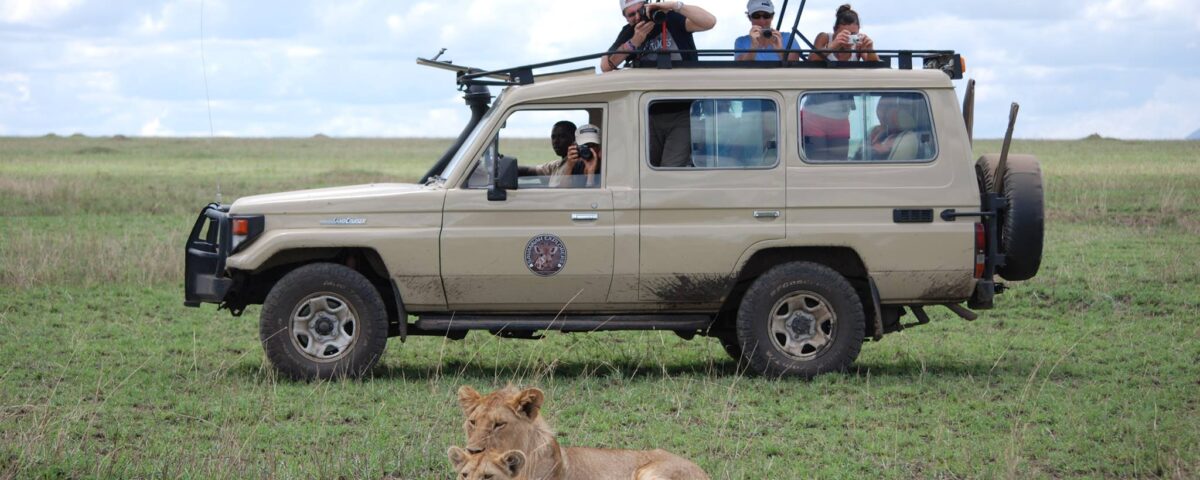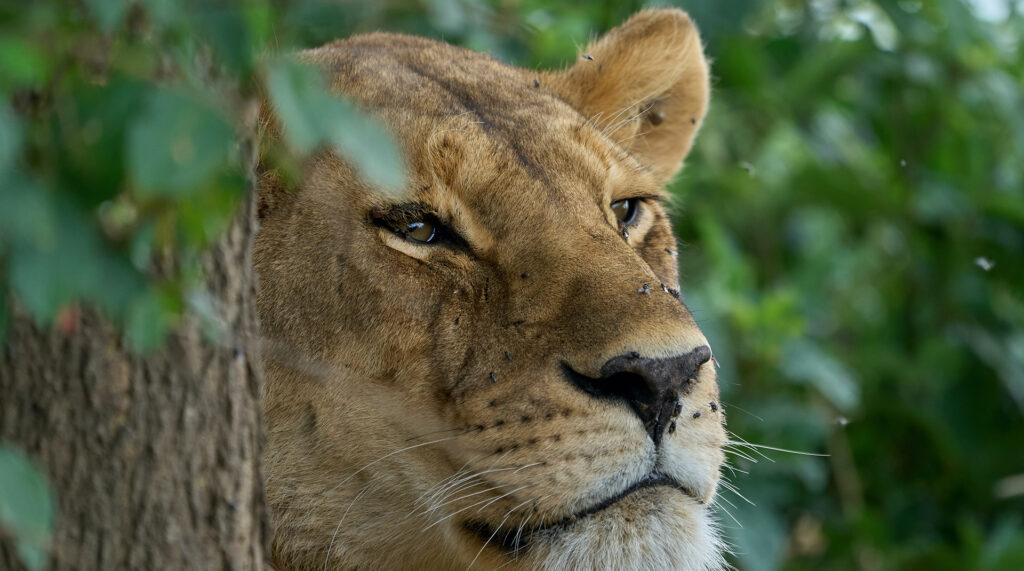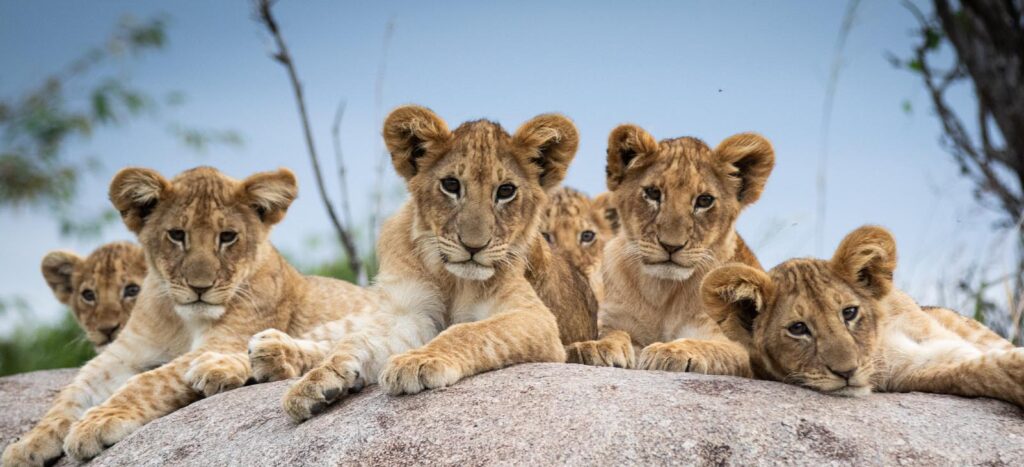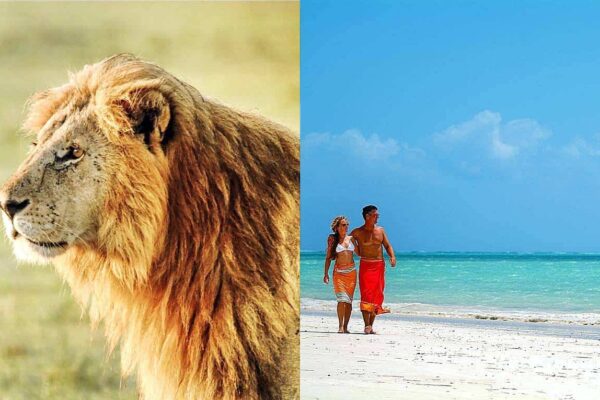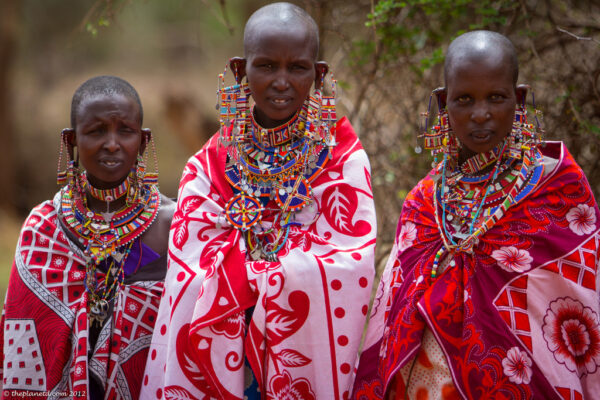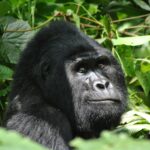
Top Things to Do in Uganda
April 2, 2025The Big 5 in Uganda: Fascinating Facts and Conservation Status
Uganda, often referred to as the “Pearl of Africa,” is a land of immense beauty, rich culture, and an extraordinary array of wildlife. Among the many natural wonders that Uganda has to offer, the Big 5 – lion, leopard, rhinoceros, elephant, and Cape buffalo – stand as the most iconic symbols of the country’s wildlife heritage. These animals not only represent the apex of African wildlife but also highlight Uganda’s conservation efforts, attracting wildlife enthusiasts from across the globe to witness these magnificent creatures in their natural habitats.
In this article, we dive into the fascinating facts, the conservation status, and where to spot these extraordinary animals during your safari in Uganda.
Lion – The King of the Savannah
Habitat and Distribution
Lions, known as the “King of the Savannah,” are undoubtedly one of the most revered among the Big 5 animals in Uganda. These majestic creatures can be found in several of the country’s national parks and protected areas. The most prominent habitats for lions in Uganda include Queen Elizabeth National Park, Murchison Falls National Park, and Kidepo Valley National Park.
These parks are not only scenic but also boast rich ecosystems that support healthy lion populations. The open savannahs and grassy plains of these parks offer lions ample space to roam, hunt, and form their iconic prides. Queen Elizabeth National Park, in particular, is renowned for its tree-climbing lions, a rare behaviour that has fascinated wildlife enthusiasts and researchers alike.
Conservation Status
The lion population in Uganda, while significant, has faced challenges over the years, including habitat loss, human-wildlife conflict, and poaching. According to the Uganda Wildlife Authority (UWA), there are about 400 lions in Uganda, with the largest concentration found in Queen Elizabeth National Park. Conservation efforts have been bolstered by anti-poaching initiatives, habitat restoration, and community-based conservation programs that aim to mitigate human-wildlife conflicts.
Despite these efforts, the lion population remains vulnerable, and continued vigilance is essential to ensure their survival. Key measures include monitoring lion populations, protecting prey species, and educating local communities about the importance of conserving these apex predators.
Leopard – The Elusive Ghost of the Wild
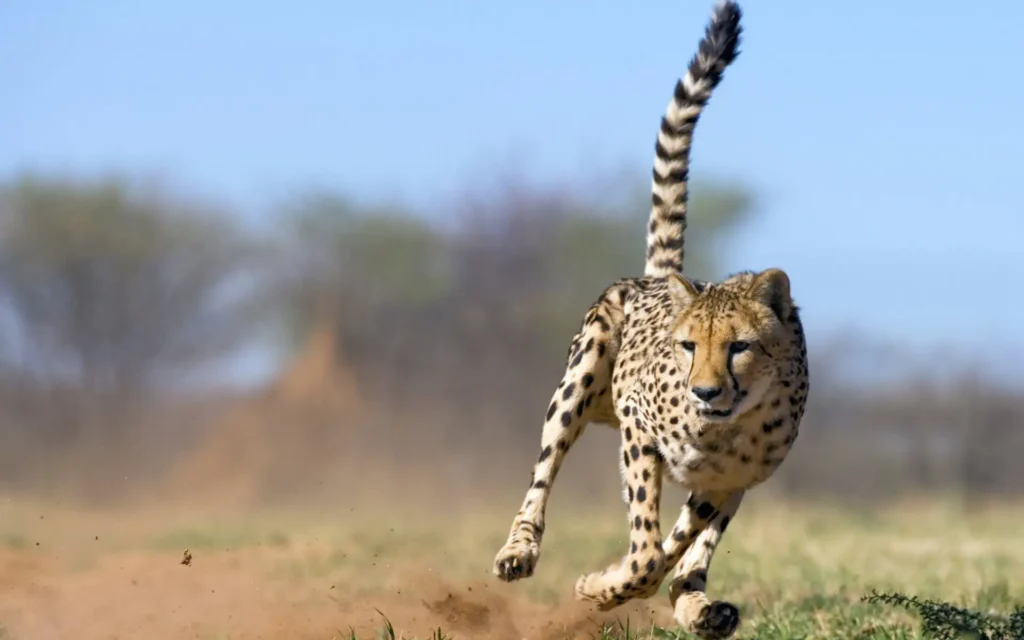
Habitat and Distribution
Leopards are known for their elusive nature and stealthy behaviour, making them one of the most challenging Big 5 animals to spot on a Uganda safari. However, Uganda offers some of the best opportunities to view these enigmatic creatures in their natural habitats. Leopards are found across several national parks in Uganda, including Queen Elizabeth National Park, Murchison Falls National Park, and Kidepo Valley National Park.
These solitary hunters are adept at adapting to various ecosystems, from dense forests to open savannahs. In Uganda, they are often spotted in areas with thick bush, near water sources, or within rocky outcrops that provide cover. Despite their secretive nature, a leopard sighting is a prized moment for any safari-goer.
Conservation Status
The leopard population in Uganda is considered stable, but it is not without threats. Human-wildlife conflict, loss of prey species, and habitat degradation have impacted leopard numbers across the country. Leopards are also victims of poaching, particularly for their beautiful fur and bones.
Fortunately, Uganda’s national parks have implemented strict anti-poaching measures, and conservationists are working to ensure that these apex predators continue to thrive. The UWA, alongside international wildlife organizations, is focusing on habitat protection, prey conservation, and local community engagement to safeguard Uganda’s leopard population.
Rhinoceros – The Armored Giant
Habitat and Distribution
While rhinos once roamed freely across Uganda, they were driven to near extinction due to poaching and habitat destruction. However, thanks to dedicated conservation efforts, rhinos have made a remarkable recovery in Uganda. Ziwa Rhino Sanctuary, located in northern Uganda, is currently the only place in the country where rhinos can be seen in the wild. This sanctuary was established in 1997 as part of a rhino reintroduction program, and today, it is home to both white and black rhinos.
Ziwa Rhino Sanctuary has become a critical site for rhino conservation in Uganda. It not only provides a safe haven for rhinos but also conducts important research and breeding programs aimed at increasing rhino numbers. The sanctuary is a must-visit for anyone looking to experience the sheer size and strength of these armored giants.
Conservation Status
The reintroduction of rhinos to Uganda has been an outstanding success, with the population growing steadily over the years. However, the rhinoceros remains a species under threat, primarily due to poaching for their horns and habitat encroachment. Rhinos are listed as “Near Threatened” on the IUCN Red List, and continued vigilance is necessary to prevent their extinction.
Conservation efforts at Ziwa Rhino Sanctuary, including armed guards, community engagement, and education programs, are vital in ensuring that rhinos continue to thrive in Uganda. The sanctuary also provides vital employment and economic opportunities for local communities, helping to create a harmonious balance between wildlife protection and human development.
Elephant – The Intelligent Giant
Habitat and Distribution
Elephants, with their enormous size and complex social structures, are among the most intelligent and awe-inspiring animals in the wild. In Uganda, elephants can be found in several of the country’s major national parks, including Queen Elizabeth National Park, Murchison Falls National Park, and Kidepo Valley National Park.
Elephants are typically found in open woodlands, savannahs, and forested areas, where they can feed on a wide variety of vegetation. The lush landscapes of Uganda offer elephants ample food and water, making these parks perfect habitats for large elephant herds. The majestic Murchison Falls National Park, with its stunning river landscapes, is one of the best places to witness elephants bathing and playing in the water.
Conservation Status
Elephants in Uganda are facing a number of threats, including poaching for ivory and habitat loss. The elephant population in Uganda is estimated to be around 3,000 individuals, and although their numbers have been stable in recent years, poaching remains a major concern. The UWA and conservation organizations have taken aggressive measures to protect elephants, including the use of technology for monitoring elephant movements and ensuring their safety from poachers.
Uganda’s elephant conservation efforts are also supported by international partnerships, which aim to reduce the illegal ivory trade and promote habitat restoration. Public education campaigns and eco-tourism are helping to foster a deeper understanding of the importance of elephant conservation, not just for wildlife but for the ecosystems they support.
Cape Buffalo – The Powerful Herbivore
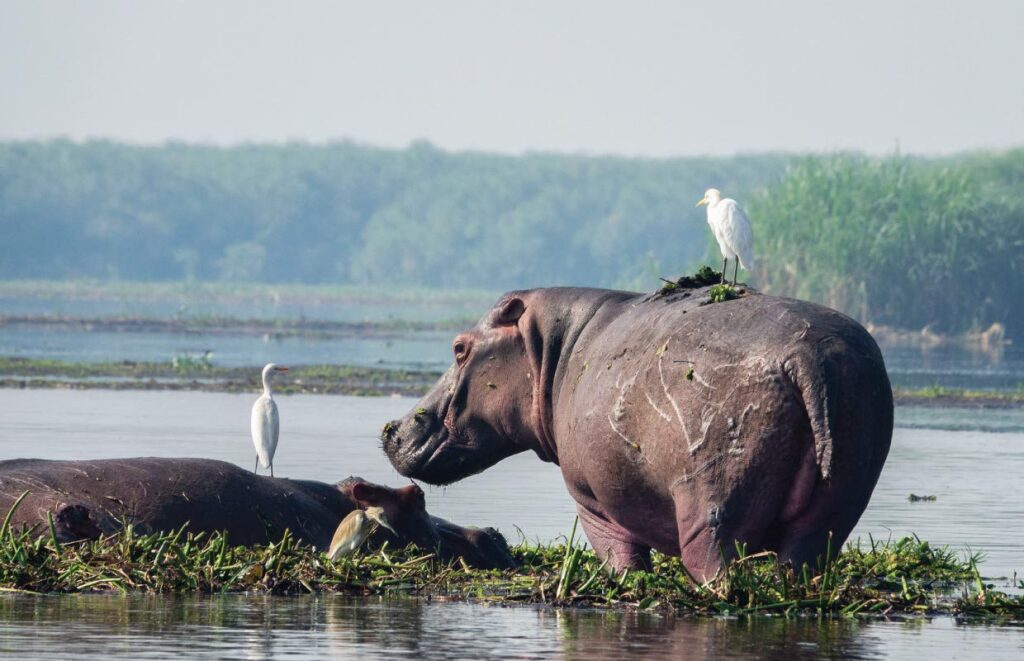
Murchison Falls National Park
Habitat and Distribution
The Cape buffalo, known for its formidable size and strength, is one of the most iconic and abundant animals in Uganda. These large herbivores can be found across a range of national parks, including Queen Elizabeth National Park, Murchison Falls National Park, and Kidepo Valley National Park. Buffaloes are particularly abundant in the grasslands and open savannahs of these parks, where they graze in large herds.
Cape buffaloes are often seen in groups, and their herd dynamics are vital for maintaining their survival. These animals are known for their unpredictable nature and are among the most dangerous of Africa’s big game. However, they also play a crucial role in the ecosystem by maintaining the health of the grasslands and preventing overgrowth.
Conservation Status
Cape buffaloes are listed as a species of “Least Concern” by the IUCN Red List, thanks to their relatively stable population. However, in Uganda, they are still vulnerable to poaching, disease outbreaks like bovine tuberculosis, and habitat loss. The UWA is actively involved in monitoring buffalo populations, conducting anti-poaching operations, and working with local communities to ensure that buffaloes are protected and their habitats are preserved.
Where to Spot the Big 5 on a Uganda Safari
Uganda is home to some of the best safari destinations in Africa, and spotting the Big 5 is an achievable goal for visitors. Here are the top parks and reserves to consider when planning your safari:
Murchison Falls National Park
- Lions
- Elephants
- Cape Buffaloes
- Leopards
This park is Uganda’s largest and most popular, offering a diverse range of wildlife and breathtaking landscapes.
Queen Elizabeth National Park
- Lions
- Elephants
- Cape Buffaloes
Queen Elizabeth is famous for its tree-climbing lions, lush landscapes, and abundance of wildlife.
Kidepo Valley National Park
- Leopards
- Cape Buffaloes
- Elephants
Kidepo Valley is known for its remote location and stunning wilderness, providing a more rugged and authentic safari experience.
Ziwa Rhino Sanctuary
- White Rhinos
Ziwa Rhino Sanctuary is the only place in Uganda where you can see rhinos in the wild.
Conservation Efforts for the Big 5 in Uganda
Protected Areas
National parks and protected areas are crucial for ensuring the survival of Uganda’s Big 5. The Uganda Wildlife Authority (UWA) has worked tirelessly to establish and maintain these sanctuaries, providing safe environments for wildlife to thrive.
Anti-Poaching Initiatives
The fight against poaching is a constant battle, and specialized anti-poaching units play a critical role in protecting Uganda’s Big 5. These teams work round-the-clock to safeguard wildlife from illegal hunters and ensure that protected species are not at risk.
Community-Based Conservation
One of the most successful conservation strategies in Uganda has been involving local communities in conservation efforts. This approach fosters positive relationships between wildlife and humans, ensuring long-term success for both.
Why Book with Traford Safaris?
At Traford Safaris, we specialize in curating unforgettable safari experiences that allow you to explore Uganda’s majestic wildlife and stunning landscapes. Here’s why you should book your safari with us:
Expert Knowledge
Our team of expert guides and safari planners is intimately familiar with Uganda’s parks, wildlife, and conservation efforts, ensuring you get the best possible experience.
Customized Itineraries
We understand that every traveller has unique preferences. That’s why we offer tailored safari itineraries that meet your needs, whether you’re looking for a luxury experience or an adventurous wildlife exploration.
Personalized Service
From the moment you book your safari, our dedicated team ensures that every detail is taken care of, leaving you free to enjoy your wildlife adventure.
Safety and Reliability
We prioritize your safety and comfort, providing reliable transport, professional guides, and top-tier accommodations to guarantee a smooth, memorable experience.
Ready for Your Dream Safari?
Are you ready to explore Uganda’s Big 5 and discover the untamed beauty of the Pearl of Africa? Contact us today at info@trafordsafaris.com to start planning your unforgettable safari adventure.


